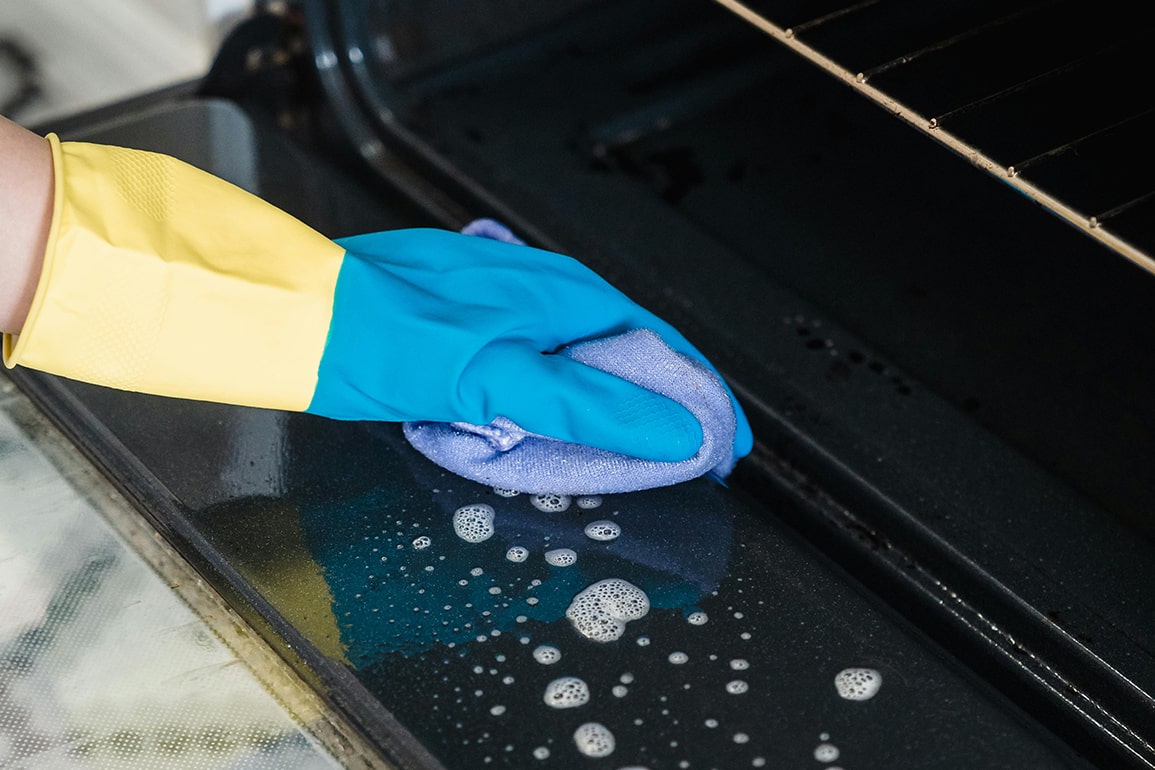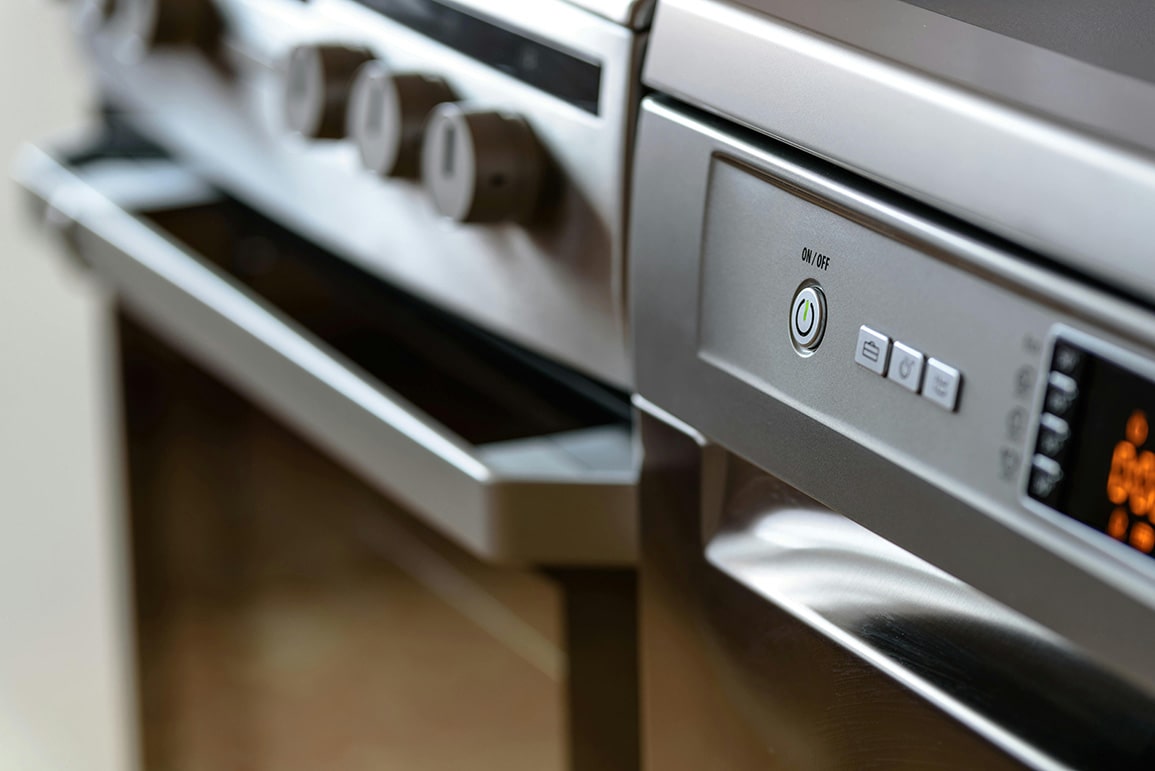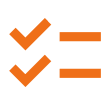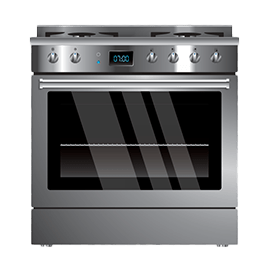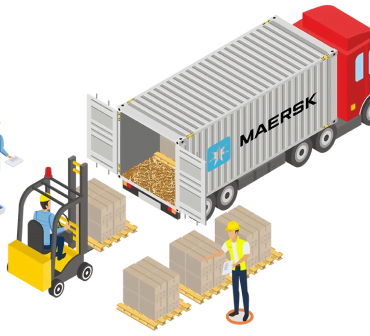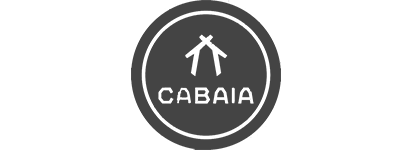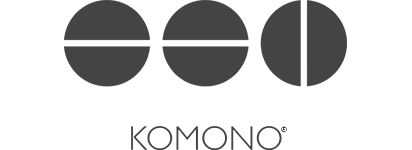Kitchenware and tableware are essential items for every household. From cookware and utensils to dinnerware and glassware, these products play a crucial role in our daily lives. Quality and user experience are of utmost importance when it comes to these items, as they directly impact our cooking and dining experiences. Many Asian countries, such as China, India, and Vietnam, are known for their manufacturing capabilities in this industry. However, sourcing from Asia can come with potential quality risks. To mitigate these risks, thorough Quality Control and Due Diligence are crucial. Ensuring that products meet the required standards and conducting regular inspections is essential to maintain the desired quality level. By prioritizing quality and user experience, buyers can make informed decisions and provide their customers with reliable and enjoyable kitchenware and tableware products.
